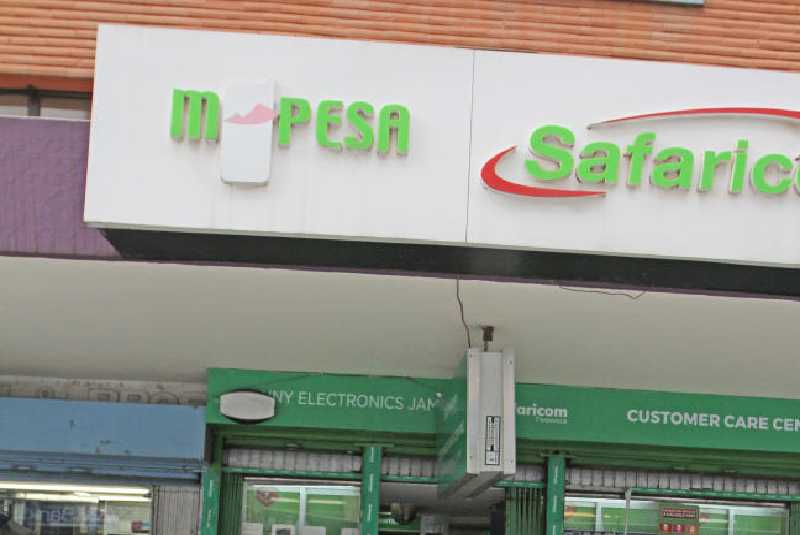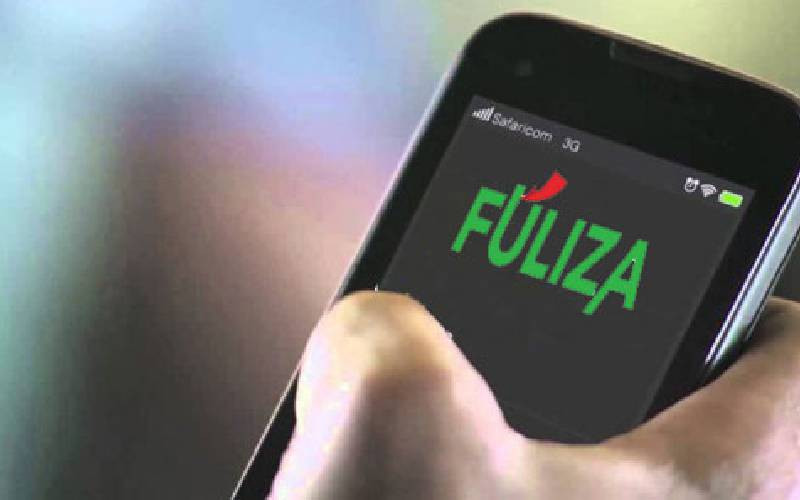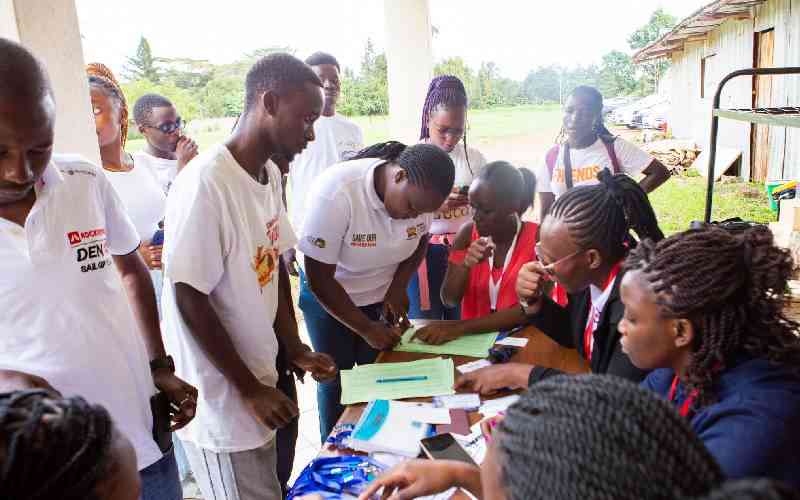
The value of data generated by Safaricom’s consumers is becoming more apparent by the day as the company rolls out new products from insights provided by mining users’ data.
Safaricom is tapping into data analytics to develop more usage for M-Pesa in a move that will strengthen the telco’s grip on mobile payment services.
This week the firm is preparing to launch an overdraft facility for M-Pesa dubbed Fuliza that it has developed with Kenya Commercial Bank, KCB and Commercial Bank of Africa.
Under the service, users will be allowed to make purchases and payments on the Lipa Na M-Pesa function even with insufficient funds and settle the payments at a later date.
“We have spent the last months piloting an overdraft facility for M-Pesa that allows consumers to complete their Buy Goods and Pay Bill transactions,” Safaricom Chief Executive Bob Collymore told investors last week.
“I am happy to say we have received approval from the Central Bank of Kenya and we will be rolling out the service later next week.”
Currently, M-Pesa has more than 21 million active users who on average make 12 transactions a month. Annual revenue per user has risen 10 per cent in the last one year to Sh284.
Lending backed by data analytics has become a lucrative opportunity for financial service providers and Kenya’s mobile adoption has fuelled the growth of fintechs such as Tala and Branch that have raised Sh6.5 billion investor funding this year alone.
The providers and other apps by some commercial banks use transactional data to build credit profiles for borrowers, which has eliminated the need for guarantors - increasing the loan book and at the same time limiting defaults.
Giving users the ability to make payments with insufficient funds puts Safaricom ahead of all mobile lending options. This is because the need to exit M-Pesa to borrow extra money for completing the transaction will be eliminated, making the transaction more seamless for users.
The partnership with lenders KCB and CBA further provides the service providers with a large pool of transactional data that can be used to rank and prioritise millions of potential borrowers, greatly reducing risk.
Data such as peak times for borrowing amounts borrowed, locations, the repayment period is invaluable to creating prompts and offers targeted at each user’s unique consumption pattern.
At the same time, Safaricom has already seen the potential for revenue growth in Lipa Na M-Pesa transactions which are high value and easily integrated with other functionalities such as mobile lending.
According to the company’s half-year results released last week, revenue from Lipa Na M-Pesa grew 50 per cent year-on-year while the number of active merchants recorded a 42 per cent increase.
Stay informed. Subscribe to our newsletter
 The Standard Group Plc is a
multi-media organization with investments in media platforms spanning newspaper
print operations, television, radio broadcasting, digital and online services. The
Standard Group is recognized as a leading multi-media house in Kenya with a key
influence in matters of national and international interest.
The Standard Group Plc is a
multi-media organization with investments in media platforms spanning newspaper
print operations, television, radio broadcasting, digital and online services. The
Standard Group is recognized as a leading multi-media house in Kenya with a key
influence in matters of national and international interest.
 The Standard Group Plc is a
multi-media organization with investments in media platforms spanning newspaper
print operations, television, radio broadcasting, digital and online services. The
Standard Group is recognized as a leading multi-media house in Kenya with a key
influence in matters of national and international interest.
The Standard Group Plc is a
multi-media organization with investments in media platforms spanning newspaper
print operations, television, radio broadcasting, digital and online services. The
Standard Group is recognized as a leading multi-media house in Kenya with a key
influence in matters of national and international interest.









